Pu'er tea brewed leaves can provide a lot of reference information, such as the year, storage, origin, etc. However, to evaluate a tea, it is necessary to consider all aspects of its characteristics, and never make a conclusion based on just one aspect.
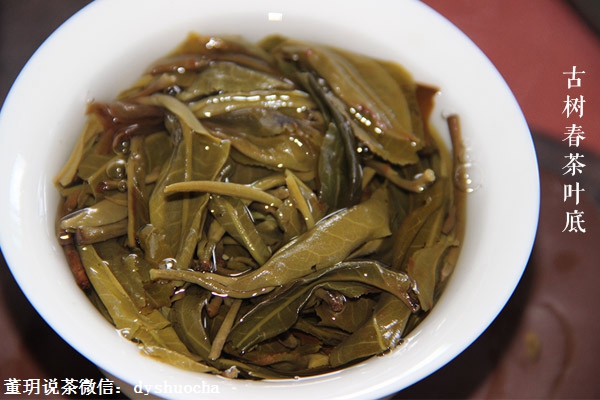
First, let's talk about raw tea. The brewed leaves of raw tea can help estimate its age when combined with the storage location. For example, tea stored in Kunming for ten years will have yellowish-brown brewed leaves due to the dry climate and slow transformation. If stored in Guangzhou, the brewed leaves of ten-year-old raw tea will be mainly brown. Therefore, when evaluating tea, it is crucial to avoid making judgments based on isolated characteristics. The most important factor is whether the taste is enjoyable and whether it promotes health.
To gain more insights from brewed leaves, one needs extensive experience with various teas. For example, if I tell you that the brewed leaves of spring tea from ancient trees are thicker than those of summer or autumn tea, but you have never seen autumn tea leaves or formed a clear impression of them, this knowledge is useless.
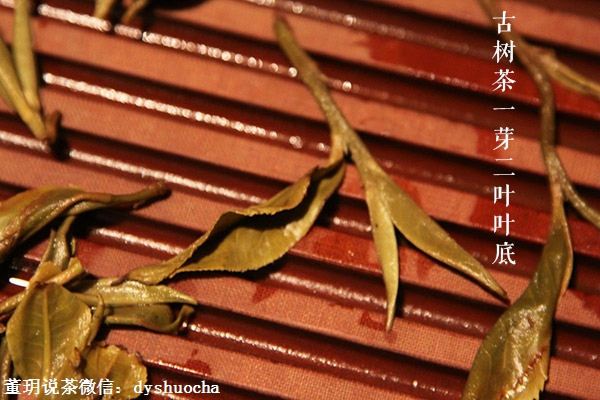
If you compare the brewed leaves of spring and autumn tea from the same region, you will notice that spring tea leaves are thicker, and the stem length between two leaves is shorter than in autumn tea. Autumn tea leaves are slightly thinner and appear elongated even when fully brewed, lacking the robustness and fullness of spring tea.
Some tea friends have asked me on my private WeChat (dydy600) whether the presence of "horse hoof marks" can be used to identify ancient tree tea. The answer is that while ancient tree tea often has these marks, not all tea with them is ancient tree tea.

Horse hoof marks are actually caused by destructive harvesting methods. Ancient tree tea is tall and robust, making it difficult to harvest. Many young buds are directly connected to the main stem, and the junction is relatively tough. When tea farmers pull the buds off, they often tear off part of the branch, resulting in horse hoof marks. This harvesting method is obviously damaging to ancient tree tea, as the torn branches will not sprout again the following year. Tea farmers only use this method when absolutely necessary for hard-to-harvest ancient tree tea. Therefore, horse hoof marks are not a definitive indicator of ancient tree tea. If small tree tea is harvested using the same pulling method, it can also exhibit horse hoof marks.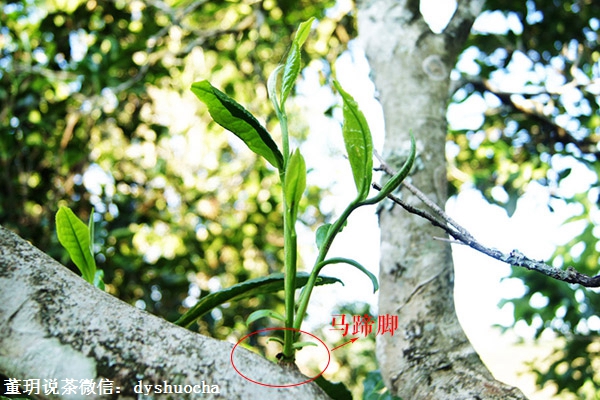
For a few tea regions with very distinct leaf characteristics, examining the brewed leaves can help determine whether the tea is from that area. For example, Xigui tea from the Lincang region has brewed leaves that are darker green, with pronounced serrated edges and slender leaves. In contrast, Bingdao tea leaves are slightly more oval, with less obvious serrations and a lighter color. Similarly, ancient tree tea from Jingmai has large, oval leaves with rounded serrations and a yellowish-green hue.
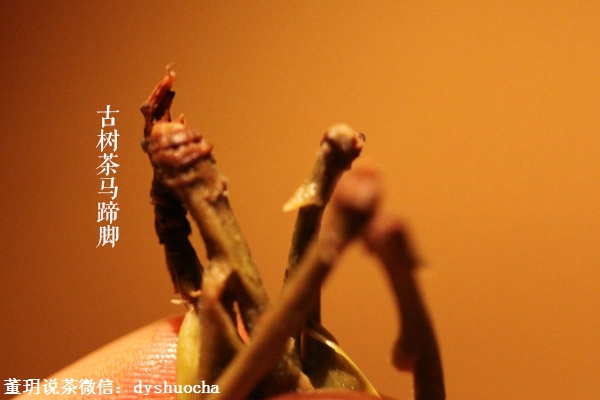
The flexibility and elasticity of brewed leaves are indicators of whether the tea has potential for further aging. For example, when comparing spring and autumn tea from the same region and year, spring tea leaves will feel more flexible. Tea aged ten to twenty years with brewed leaves that are not easily crushed and still elastic likely has some aging potential and room for transformation.
If after ten infusions the stems still appear unbrewed, thin, and wrinkled, there is a high chance (though not certain) that it is summer tea (rainy season tea). If the taste is weak, watery, and lacks aroma, it is likely summer tea.
If the brewed leaves show obvious scorch marks, it is likely due to uneven and excessively high temperatures during frying. Red edges or stems indicate that the fresh leaves were not spread out in time after harvesting and were left piled up for a while. I have discussed the red leaves and stems of Pu'er tea in detail on WeChat (dyshuocha), and interested tea friends can refer to that.
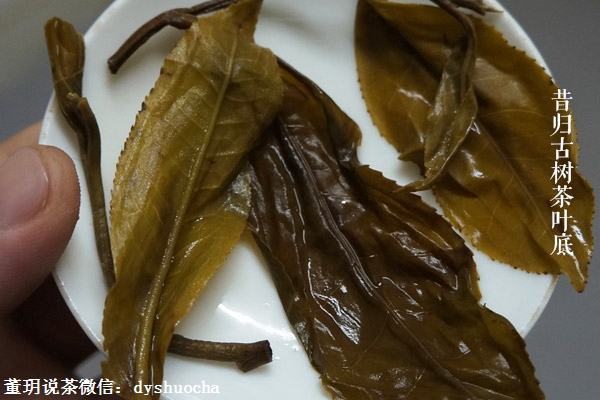
Some tea friends ask whether ancient tree tea buds are thicker than those of terrace tea. In fact, the opposite is true. While the leaf thickness may be similar, the buds of ancient tree tea are slimmer, while terrace tea buds are thicker. However, ancient tree tea buds are more flexible and harder to crush. Some terrace tea buds may appear plump and covered in fine hairs, but their taste is often lacking. To distinguish between ancient tree and terrace tea from brewed leaves, look at the leaf veins. Generally, terrace tea has fewer pairs of main and secondary veins, while ancient tree tea has more, and the veins are more pronounced. This is easier to observe when comparing the two types of tea from the same year.
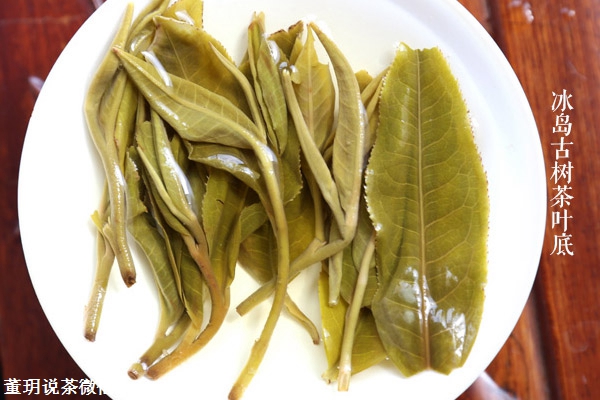
Some tea friends suggest that different leaf shapes on the same cake indicate blending from different regions. This is not a scientific judgment. A single leaf can take different shapes as it grows from a bud to a mature leaf. When harvesting, the leaves are picked before they fully mature. Some leaves start as small and round before becoming pointed, while others start pointed before widening. This variability makes it difficult to draw conclusions based on leaf shape alone. Therefore, brewed leaves are only a supplementary factor in evaluating tea quality.
Brewed leaves can provide a lot of information, but relying solely on them can lead to significant errors. To accurately judge the quality of tea, one must consider factors such as liquor color, taste, storage, and brewing methods. Drawing conclusions based only on brewed leaves is an empirical estimation at best and cannot be 100% accurate.
Text/Dong Yue|Founder of Nanming Jiaren, senior tea art master, tea taster. Tea friends can add personal WeChat: dydy600